Human Rights Violation Assessment Tool
Assess Rights Violations
Identify which human rights might be violated in situations involving leprosy stigma and discrimination. Enter details about the situation to receive relevant information about legal protections and advocacy strategies.
Potential Human Rights Violations
Legal Protections
Recommended Advocacy Actions
When a disease becomes a badge of shame, the battle shifts from the clinic to the courtroom, the street, and the media. Leprosy and human rights intersect in ways that affect millions of lives, from the right to treatment to the ability to work without discrimination. This article breaks down the medical facts, the legal frameworks, and the practical steps activists can take to turn compassion into concrete protection.
Understanding Leprosy
Leprosy is a chronic infectious disease caused by Mycobacterium leprae. It primarily attacks skin, peripheral nerves, and the lining of the nose. According to the World Health Organization, fewer than 200,000 new cases are reported worldwide each year, but the disease still lingers in pockets of India, Brazil, and Indonesia. Early diagnosis and multidrug therapy can cure the infection, yet outdated myths keep patients isolated for generations.
Human Rights Basics
Human Rights are the fundamental freedoms and protections that every person is entitled to simply by being human. They include the right to life, health, non‑discrimination, and dignity. International law, particularly the Universal Declaration of Human Rights, obliges governments to safeguard these rights for all citizens, regardless of health status.
Why Leprosy Raises Human Rights Issues
Historically, leprosy carried a social punishment: forced segregation, loss of property, and denial of marriage. Today, the same patterns appear as "leprosy stigma" - fear, prejudice, and exclusion that block access to housing, employment, and education. When a person cannot obtain treatment because a landlord refuses to rent, the violation is not just medical; it breaches the right to health, the right to work, and the right to equal protection under the law.
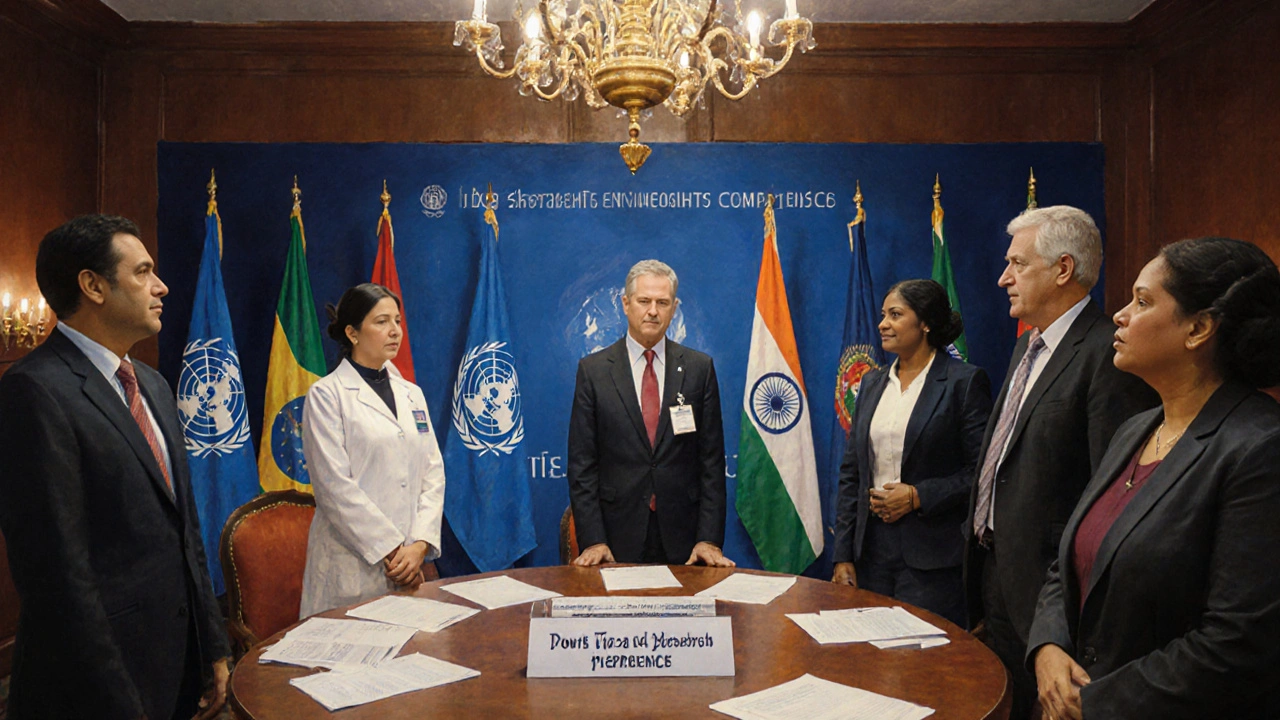
International Frameworks Protecting People Affected by Leprosy
The World Health Organization (WHO) classifies leprosy as a Neglected Tropical Disease and issues technical guidelines for elimination. WHO also urges member states to adopt a rights‑based approach, meaning policies must respect autonomy, privacy, and non‑discrimination.
The United Nations reinforces these standards through its Human Rights Council, which has passed resolutions condemning leprosy‑related discrimination. The Council’s recommendations call for legal reforms, public awareness campaigns, and integrated health‑social services.
At the treaty level, the Convention on the Rights of Persons with Disabilities (CRPD) obliges signatories to protect people with any health condition that leads to disability, including leprosy. Article 25 specifically guarantees the right to the highest attainable standard of health without discrimination.
National Examples: Progress and Gaps
In New Zealand, the Ministry of Health has integrated leprosy surveillance into its broader infectious‑disease monitoring, and the Human Rights Commission offers legal aid for discrimination cases. While the incidence is low, the framework demonstrates that even countries without endemic leprosy can uphold rights.
Contrast that with India, which reports 130,000 new cases annually. The National Leprosy Eradication Programme (NLEP) provides free treatment, yet many patients still face community ostracism. Recent court rulings have declared forced isolation unconstitutional, but enforcement varies across states.
Brazil’s public health system includes comprehensive rehabilitation services, yet gaps remain in rural outreach, and stigma persists in schools. These case studies show that legal protections exist, but implementation often stalls at the local level.
Advocacy Strategies That Work
- Legal Action: File discrimination lawsuits based on constitutional guarantees or international treaty obligations.
- Community Education: Partner with local leaders to dispel myths about contagion and cure rates.
- Policy Reform: Draft amendment proposals that replace segregation policies with community‑based treatment models.
- Media Campaigns: Use storytelling videos that highlight survivors who have rebuilt lives after treatment.
- International Monitoring: Submit periodic reports to UN treaty bodies to hold governments accountable.
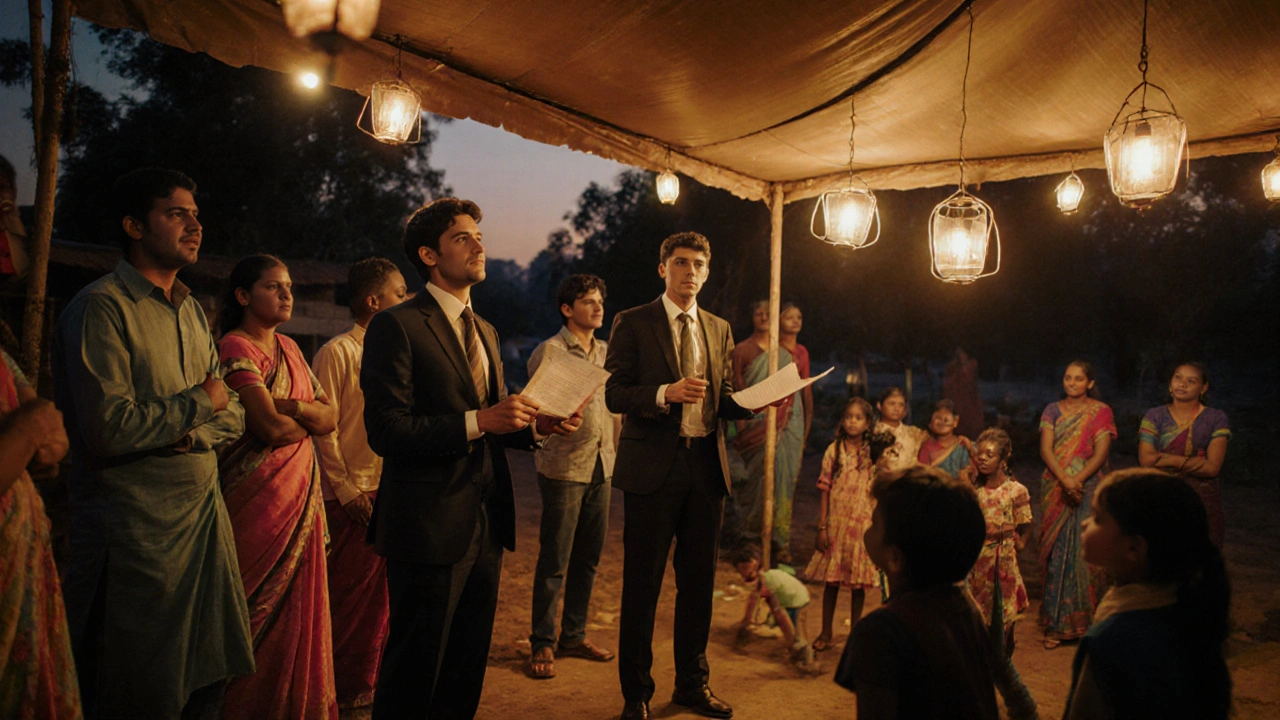
Human Rights Approach vs. Traditional Medical Model
| Aspect | Human Rights Approach | Traditional Medical Model |
|---|---|---|
| Primary Goal | Ensure dignity, equality, and participation | Achieve clinical cure and reduce transmission |
| Key Actors | Lawyers, NGOs, Human Rights Commissioners | Doctors, nurses, public‑health officials |
| Outcome Measures | Reduced discrimination, legal redress, social inclusion | Number of treated cases, relapse rates |
| Policy Tools | Anti‑discrimination laws, awareness campaigns | Diagnostic protocols, drug distribution |
Practical Checklist for Advocates
- Map local laws: Identify constitutional provisions and treaty obligations that protect leprosy‑affected persons.
- Collect evidence: Document cases of housing denial, job loss, or school exclusion.
- Engage legal counsel: Translate evidence into formal complaints or litigation.
- Launch education drives: Use culturally relevant materials to debunk myths in schools and faith groups.
- Monitor implementation: Track whether health facilities follow WHO’s rights‑based guidelines.
- Report to international bodies: Submit updates to the UN Human Rights Council and WHO.
Frequently Asked Questions
Is leprosy still contagious?
Leprosy spreads mainly through prolonged close contact with an untreated patient. Once multidrug therapy begins, patients quickly become non‑infectious, usually within a few weeks.
What legal protections exist for people with leprosy?
Internationally, the United Nations’ human‑rights conventions and the CRPD prohibit discrimination based on health conditions. Nationally, many countries have anti‑discrimination statutes that can be invoked when a leprosy‑affected person is denied housing, employment, or education.
How can I support someone dealing with leprosy stigma?
Start by listening without judgment, share accurate information about treatment, and help connect the person to legal aid or support groups. Publicly challenging discriminatory remarks also sends a strong message.
Which organizations run leprosy awareness programs?
The World Health Organization, the International Federation of Anti‑Leprosy Associations (ILEP), and numerous local NGOs operate campaigns that combine medical treatment with rights‑based education.
What should a government do to align with the human‑rights approach?
Adopt policies that guarantee free, community‑based treatment, eliminate segregation facilities, train health workers on non‑discriminatory practices, and establish legal mechanisms for victims to seek redress.

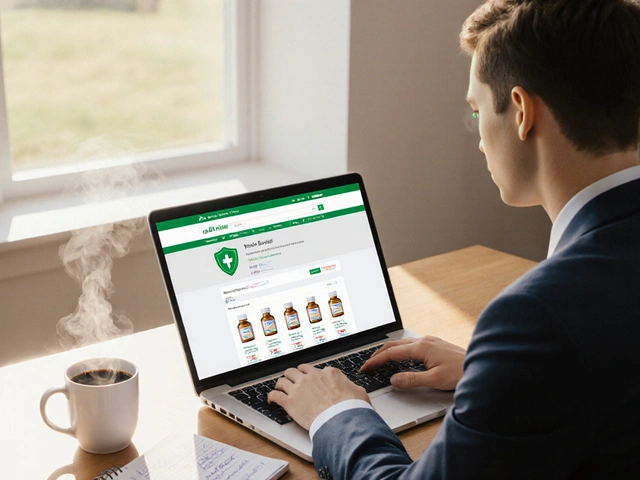
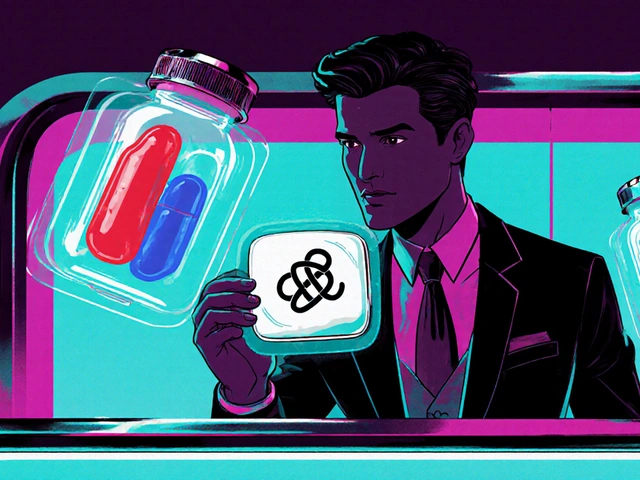

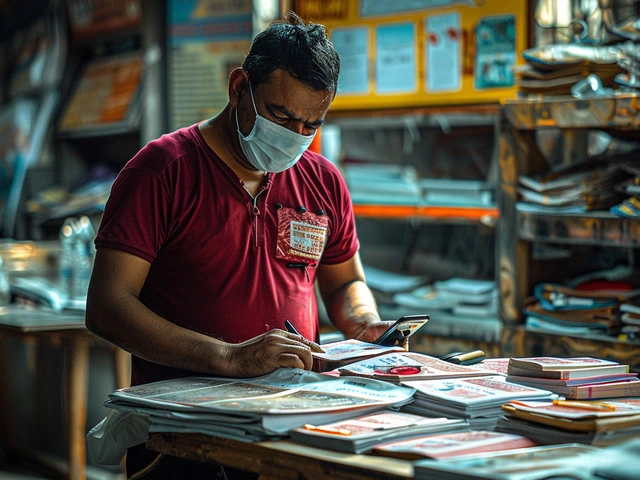

diego suarez
October 12, 2025 AT 07:56Leprosy stigma is a classic case of fear overriding facts, and the human‑rights angle reminds us we’re all responsible for standing up for dignity. We can start by listening, then act to challenge unfair policies.
Eve Perron
October 12, 2025 AT 09:20The intersection of leprosy and human rights is not merely a policy sandbox, but a lived reality for millions who still battle prejudice every day.
When a person is denied a roof because of a misunderstood disease, the violation ripples through health, work, and personal pride.
International conventions, such as the UDHR and CRPD, explicitly forbid discrimination based on health status, yet many governments lag in implementation.
In India, court rulings have declared forced isolation unconstitutional, but on the ground, community leaders sometimes still enforce old taboos.
Similarly, Brazil’s health system provides free treatment, yet rural teachers may silently discourage enrollment of affected children.
These gaps illustrate that legal texts alone cannot rewrite cultural narratives without targeted education.
Grassroots NGOs, therefore, serve as translators of law into everyday language, empowering individuals to claim their rights.
They organize workshops, distribute fact sheets, and coach victims on how to file complaints with national human‑rights commissions.
The media also plays a pivotal role: balanced reporting can demystify leprosy, while sensational headlines reinforce fear.
A rights‑based approach demands that health services respect autonomy, privacy, and non‑discrimination, and that law enforcement backs up those standards.
Practically, this means integrating mental‑health counseling with medical treatment, and ensuring that housing authorities cannot evict based on diagnosis.
From a policy perspective, governments should replace segregation facilities with community‑based care, and allocate budget for public‑awareness campaigns.
Monitoring mechanisms, such as UN treaty‑body reviews, hold states accountable, but civil society must keep the pressure on.
Ultimately, the goal is not just to cure the bacteria, but to heal the social wound that has persisted for centuries.
Every stakeholder, from clinicians to legislators, has a responsibility to turn compassion into concrete protection, and that collective effort will determine whether dignity remains a promise or becomes reality.
Josephine Bonaparte
October 12, 2025 AT 10:43Yo, we gotta push legal aid right now, the system can't keep ignoring leprosy patients, it's not just a medical issue, it's a civil rights battle, and we won’t back down! Get the docs ready, file that complaint, and let the courts hear the truth.
Meghan Cardwell
October 12, 2025 AT 12:06From a rights‑based framework perspective, integrating community‑based therapy with anti‑discriminatory statutes creates synergistic outcomes that align with both public‑health imperatives and legal compliance mandates; this multidisciplinary synergy maximizes patient autonomy while minimizing systemic bias.
Rhys Black
October 12, 2025 AT 13:30Behold the tragic irony of modern societies that proclaim progress yet shackles the afflicted with archaic prejudice! The curtain of enlightenment is torn, revealing the same old fears dressed in new rhetoric.
Abhishek A Mishra
October 12, 2025 AT 14:53Hey, just wanted to add that many NGOs actually provide free legal kits; you can download them from their sites, and they even include sample letters for housing disputes.
Jaylynn Bachant
October 12, 2025 AT 16:16If the self is a mirror, then prejudice is but a smudge that distorts our collective reflection; clearing it requires both inner clarity and societal honesty.
Anuj Ariyo
October 12, 2025 AT 17:40True, that line hits hard; but stay chill, we can change things step by step, one conversation at a time.
Aman Vaid
October 12, 2025 AT 19:03Statistically, the incidence rate has plateaued, yet societal marginalization persists due to entrenched cultural narratives that outlive epidemiological data.
xie teresa
October 12, 2025 AT 20:26I feel for anyone who's been sidelined because of outdated myths, and it's heartening to see communities rallying around them, offering both solidarity and practical support.
inas raman
October 12, 2025 AT 21:50Keep pushing forward-you’re making a real difference!